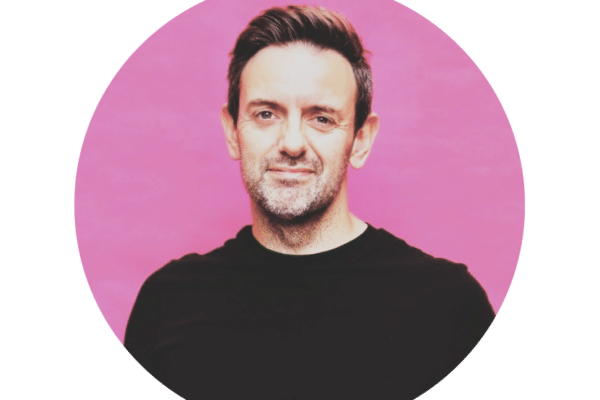Care homes should function as communities in which everyone’s contribution is recognised and valued, all residents, their families and staff members, should have the chance to be involved in the decisions that affect them and their care. Many decisions (including personal ones like what to eat) take place on a daily basis within the care home and the extent to which these decisions are negotiated between residents, relatives and staff is likely to create the culture of the home and will contribute to each resident’s lifestyle and quality of life.
The concept of patient-centred care is an essential approach in the delivery of care. Eating and drinking are part of care, and as such encouraging service users to engage in different mealtimes could be a way of increasing participation in activities of daily living and encourage nutrition intake.
Person-centred mealtimes
Research has indicated that ways in which mealtime care can be made more person-centred include:-
- Providing choices and preferences.
- Supporting independence.
- Showing respect.
- Promoting social interaction.
We probably take for granted the ability to choose what we eat in our own homes. Residents may have functional impairments and may need high levels of assistance. Nonetheless, both ethically and from guidelines, involving residents in decision-making processes is important. The capacity to participate in food choices may contribute to service users’ perception of autonomy and control, while at the same time maintaining their identity as individuals.
Lack of research on service user involvement in meals
There is a paucity of research on service users’ perceptions of their involvement in meals. Yet some observations suggest that residents have limited opportunities to influence meal situations and have limited control over, and choice in, their foods and meals. It was of interest then to see a recently published Norwegian paper from Vigdis Abrajamsen and Heidi Aagaard looking at this very subject.
The Norwegian research was based on 200 residents within 32 nursing care homes in one county. The study used a structured face to face questionnaire to ask residents about food and meal experiences and their involvement. Residents with dementia and/or who were receiving tube feeding were excluded.
Examples of questions included:
- Can you have food outside of normal mealtimes?
- How often do you take part in planning menus?
- How often do you take part in some form of food preparation?
- How often do you take part in setting the table?
- Do you decide whom to sit with at mealtimes?
- Are you given sufficient time to eat?
- Do you receive the help you need from staff at mealtimes?
The answers were registered on a scale for ‘never’ to ‘always.
The participants were mainly over 75 years of age and had fairly good appetites, but with some issues reported with swallowing or chewing (12 and 17% respectively). And 30% were assessed as at risk of malnutrition – a figure close to the prevalence of risk of malnutrition in UK care homes.
The strongest involvement responses, around 90%, came around always having adequate time to eat and receiving help from staff if needed. However none of the residents were involved in menu planning and over 90% did not participate in food preparation, or in related practices such as setting up or clearing tables. This low rate may be for a number of reasons. For example, staff may consider residents too frail to participate, or residents may not be given any information on the possible opportunities for participation. Yet menus planned with the involvement of service users may increase their satisfaction and could help optimise nutritional intake.
In addition, the researchers reported that one in ten residents were able to choose whom they sat next to when they were eating, and 5% when they could eat. Around a quarter said that they could get food outside of set mealtimes.
Factors that have a bearing on service user involvement in meals
The size of the home had a bearing on participation. Residents in homes classified as medium sized (31-80 residents) participated the least in food preparation, whilst those in the largest homes (over 80 residents) participated the most. Age was also an important factor, with older residents (over 85 years) found to participate less in setting or decorating tables compared with younger residents. Perhaps these findings are not surprising in that the physical health, particularly of older residents, can be poor. However studies have indicated that there is a discrepancy between resident and staff approach to activity, in that residents may be keener to participate in activities, whilst staff believe they would prefer to be entertained. The belief of staff in relation to user’s ability / desire to participate has a significant impact on the insolvent of users in activities, including those around food and meals. Despite reduced functional abilities it is important to endeavour to maintain some skills around food as much as possible.
The subject of this month’s article is a Norwegian study, but it is interesting for care home staff to think about how these issues apply to their own settings and to question how much service users are involved in food and meals – and whether this could be an area of improvement for their person-centred care.






